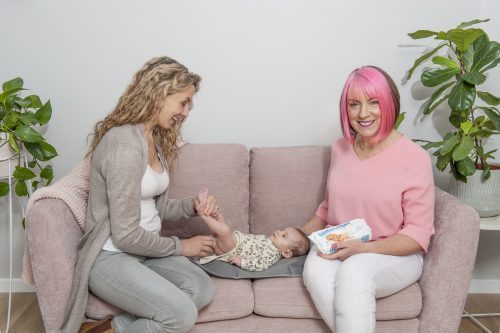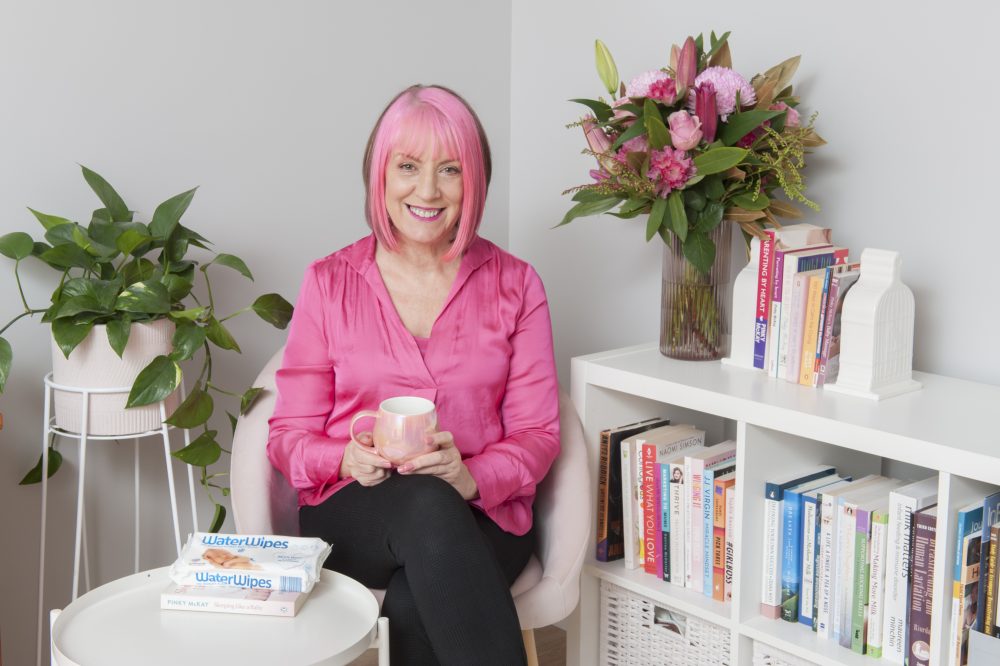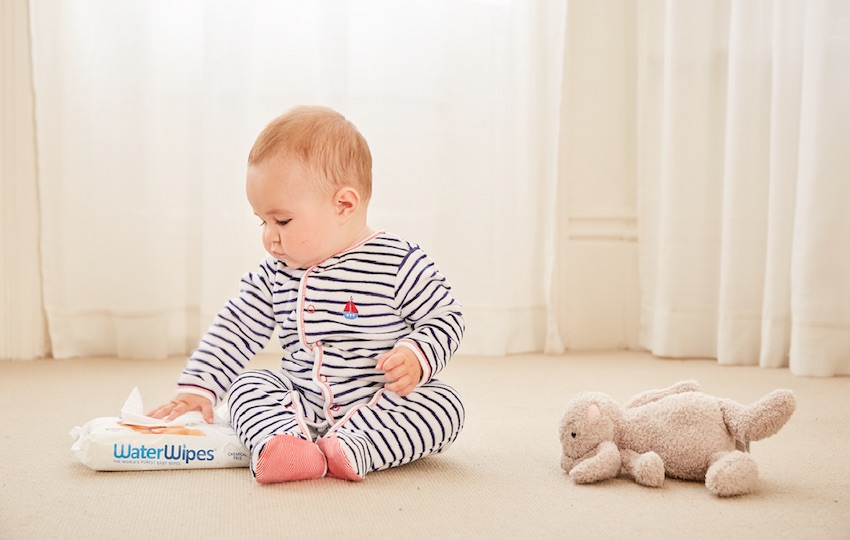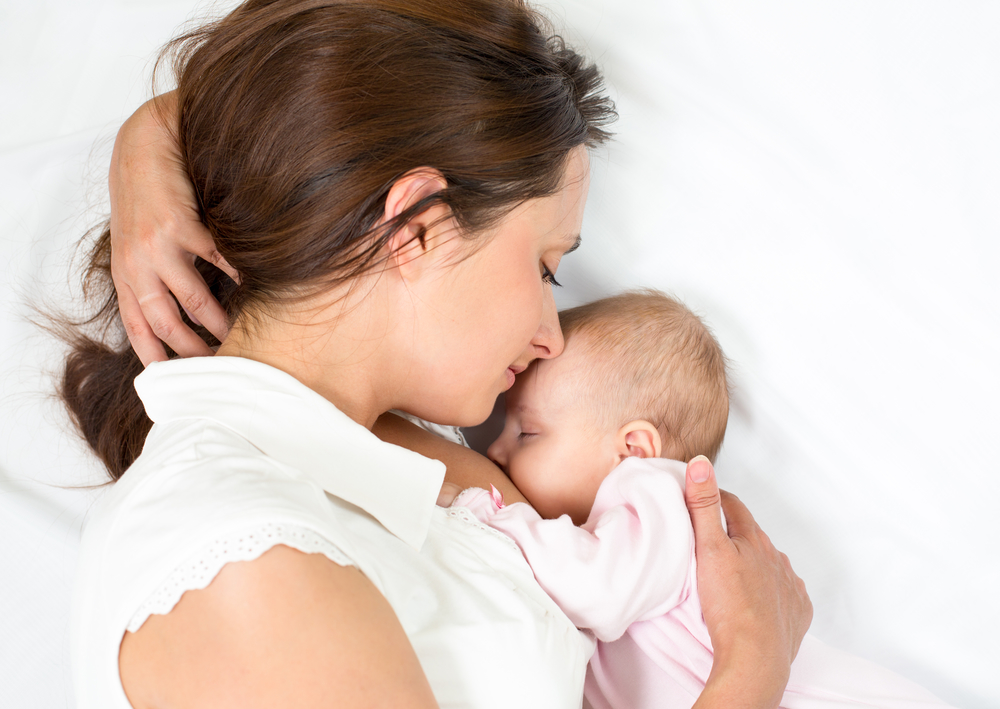If your baby’s bum isn’t as smooth as it should be according to the old age (‘smooth as a baby’s bum’), but red and inflamed instead, your little one will no doubt cry and be miserable, especially as urine scalds his delicate skin.
Although babies with very sensitive skin or a family history of skin disorders such as eczema or psoriasis may be more prone to nappy rash, any baby can be a candidate.
There are a few special circumstances that may make your baby more prone to nappy rash. If he has diarrhoea or a fungal infection, for instance, he will probably have a sore bottom as well. Food allergies may also be a cause of nappy rash – if your baby is allergic to something he has eaten or something passing through your breastmilk (your baby is never allergic to your milk), the rash may appear as a red ring around his anus. When you eliminate the offending food from his diet and yours if you are exclusively breastfeeding, this will clear.
Conditions such as diarrhoea and fungal infections can also be a result of treatment with antibiotics, which can upset the flora in baby’s gut and allow yeast-based organisms to thrive. When these are excreted into a warm, moist nappy, they will also thrive on baby’s delicate skin. If your baby develops diarrhoea as a side effect of antibiotics, ask your doctor for an alternative medication. Fungal and bacterial infections should be treated by a doctor.
What you can do
Keeping your baby’s bottom clean and dry is the best preventative strategy and although it may seem obvious to say ‘change your baby frequently’, the definition of ‘often’ can be relative, especially if you are using disposable nappies. Although these are very absorbent and contain fillers to draw moisture away from the skin, the plastic casing plus layers of absorbent material that hold all the sogginess don’t allow your baby’s skin to breathe. This warm, moist environment can make baby skin vulnerable to damage by irritants and to infections such as thrush. So even if you are using a super absorbent brand of nappies, please change them whenever they seem wet or feel ‘heavy’.
Nappy care – If you are using cloth nappies, to minimise irritation, wash in pure soap flakes or a mild, chemical free laundry detergent or soak in a commercial soaker, then rinse and spin before drying. Thorough rinsing is important, as detergent residue may irritate your baby’s skin: adding 3 tablespoons of vinegar to every 4 litres of water in the final rinse will reduce alkali levels that foster the activity of enzymes in baby poo that ‘attack’ your baby’s delicate skin – the combination of a wet and dirty nappy is a potent cause of nappy rash.

Wipeout – When changing baby, wipe your baby’s bottom from front to back (this is especially important for girls as germs from faeces can be transmitted to the vagina). Make sure you wipe and dry all cracks and crevices and dry baby’s bottom thoroughly before you put on a clean nappy.
Dunk the bottom – An easy way to clean a baby after a bowel motion (especially all those baby girl crevices), is to dunk your little one’s bottom into a hand basin of warm water. This is also a useful tactic if your baby already has a rash, as wiping can cause more friction – and more tears! If your baby is so sore that he screams when you put his bottom in water when you bath him, try applying Sorbolene (available from chemists or supermarkets) before you put him in the water.
Perfume free – Avoid perfumed cleaners, soaps and wipes – my favourite wipe is Water Wipes, due to it being the purest, non-chemical baby wipe: chemicals will remove the natural oil from a baby’s skin, may irritate and will most certainly aggravate nappy rash.
Lotions and potions – Along with nappy-free kicks and regular nappy changes, barrier creams help prevent nappy rash. Remember, whatever you put on your baby’s skin will be absorbed and will need to be processed by his immature liver, so read all labels on skin care products – if you can’t pronounce the ingredient or you wouldn’t eat it yourself, it’s probably best to avoid putting it on your baby.
Look for creams based on natural vegetable oils without chemical additives or perfumes and avoid mineral oils as these can clog baby’s pores and remove nutrients from your baby’s body as they are excreted. Take care also with paw paw cream – once a popular cure-all it’s now suspect, since paw paw crops receive a fair dose of chemical spray and many paw paw products are also mixed with a mineral oil base. Bear in mind too that paw paw was traditionally used as a meat tenderizer and to debride wounds, so it’s not recommended for babies’ bottoms or mother’s nipples. Also avoid talcum powder, as it tends to become soggy and hold moisture against baby’s skin, particularly in crevices (and may be inhaled).
Pinky McKay is Australia’s most recognised and respected breastfeeding and gentle parenting advocate. She’s an IBCLC Lactation Consultant, best-selling author of Sleeping LIke a Baby, Parenting by Heart, 100 Ways to Calm the Crying and Toddler Tactics (Penguin Random House )and mum of five. She is a proud ambassador for Water Wipes









